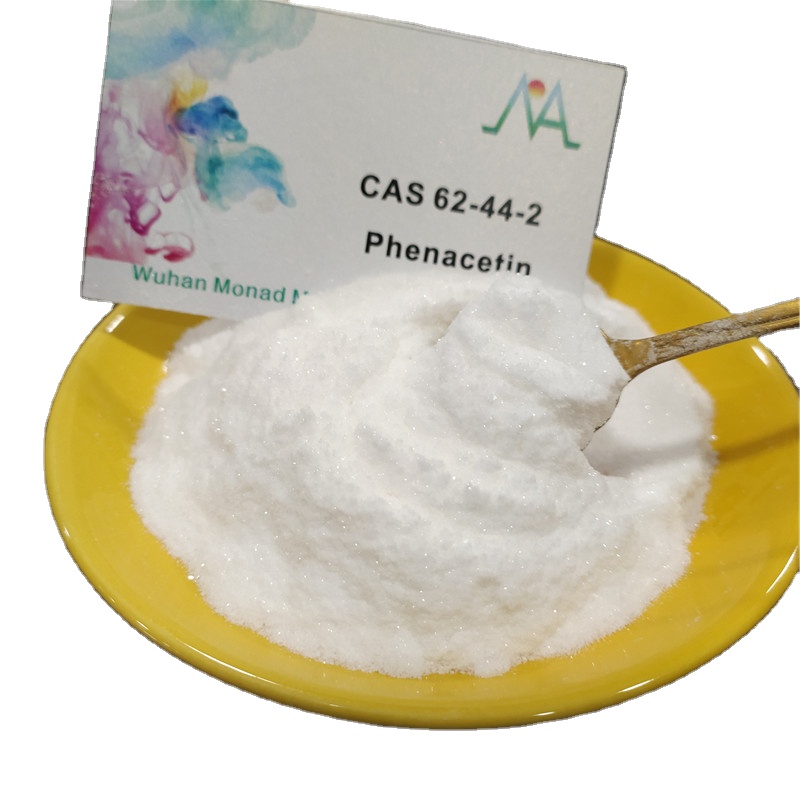What is the difference between phenacetin and paracetamol?
Phenacetin and paracetamol are two pharmaceutical compounds that share similarities but differ in their chemical structures and uses.
Chemical Structure:
Phenacetin:
Chemical Formula: C10H13NO2
Structure: Phenacetin is an aromatic compound containing an acetaminophen (paracetamol) moiety with an additional ethoxy group. This ethoxy group sets phenacetin apart from paracetamol.
Paracetamol:
Chemical Formula: C8H9NO2
Structure: Paracetamol, also known as acetaminophen, is a simpler compound than phenacetin. It lacks the ethoxy group present in phenacetin.
Use and Function:
Phenacetin:
Historical Analgesic: Phenacetin was historically used as a pain reliever and fever reducer. However, due to safety concerns related to its metabolite, acetaminophen, its use has been largely discontinued.

Paracetamol:
Current Common Analgesic: Paracetamol, or acetaminophen, is widely used as an analgesic (pain reliever) and antipyretic (fever reducer). It is a common over-the-counter medication known for its efficacy and relatively low side effect profile when used as directed.
Metabolism and Side Effects:
Phenacetin:
Metabolism Concerns: Phenacetin undergoes metabolism in the body, leading to the release of acetaminophen. The accumulation of acetaminophen in the body can pose a risk of toxicity, particularly to the liver.
Paracetamol:
Safer Metabolism: Paracetamol is metabolized in the liver, and while excessive use can lead to liver damage, it is generally considered safe when used at recommended doses. Prompt treatment of overdose is crucial to mitigate potential liver damage.
Regulatory Status:
Phenacetin:
Banned or Restricted: Many countries have banned or heavily restricted the use of phenacetin due to its association with renal and bladder issues and the potential for carcinogenic effects.
Paracetamol:
Widely Accepted: Paracetamol is widely accepted for its safety and efficacy, and it is available over the counter in many countries. However, excessive use can lead to severe health issues, emphasizing the importance of responsible use.
In summary, while phenacetin powder and paracetamol share a common acetaminophen component, the additional ethoxy group in phenacetin alters its chemical structure. The historical use of phenacetin has waned due to safety concerns, particularly regarding its metabolite acetaminophen, which is a widely used and accepted medication today under the name paracetamol or acetaminophen.[by chatgpt]


